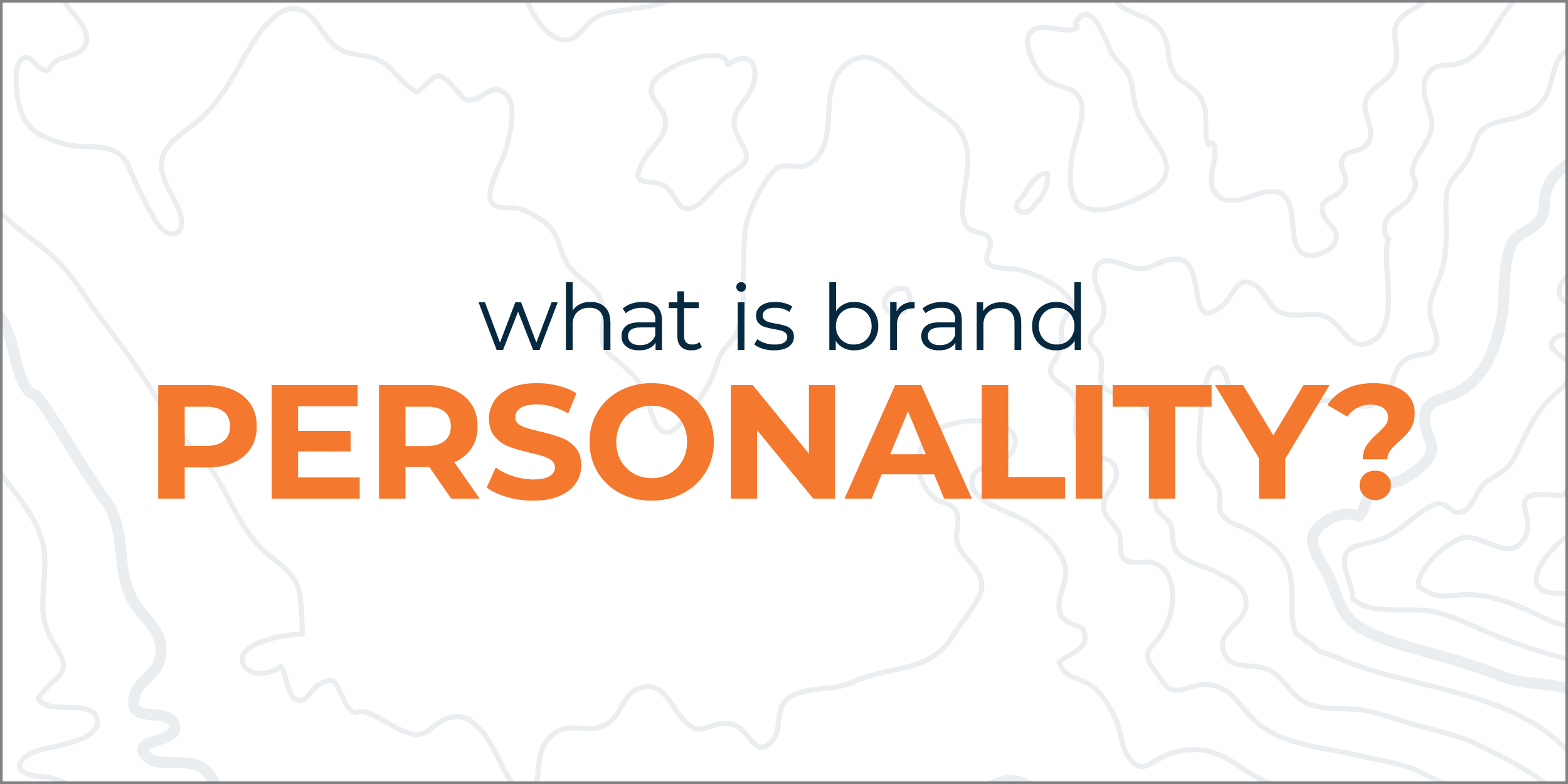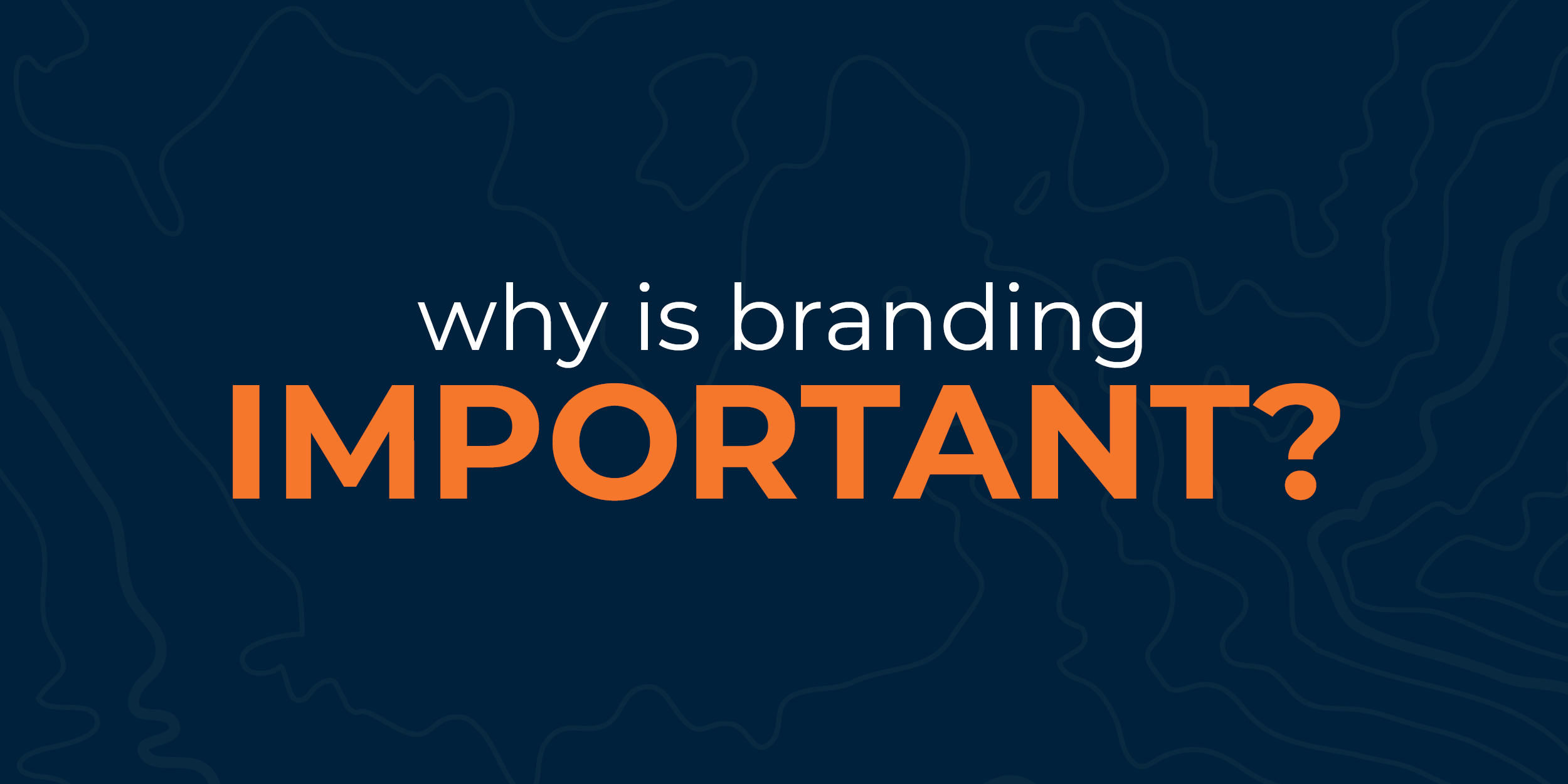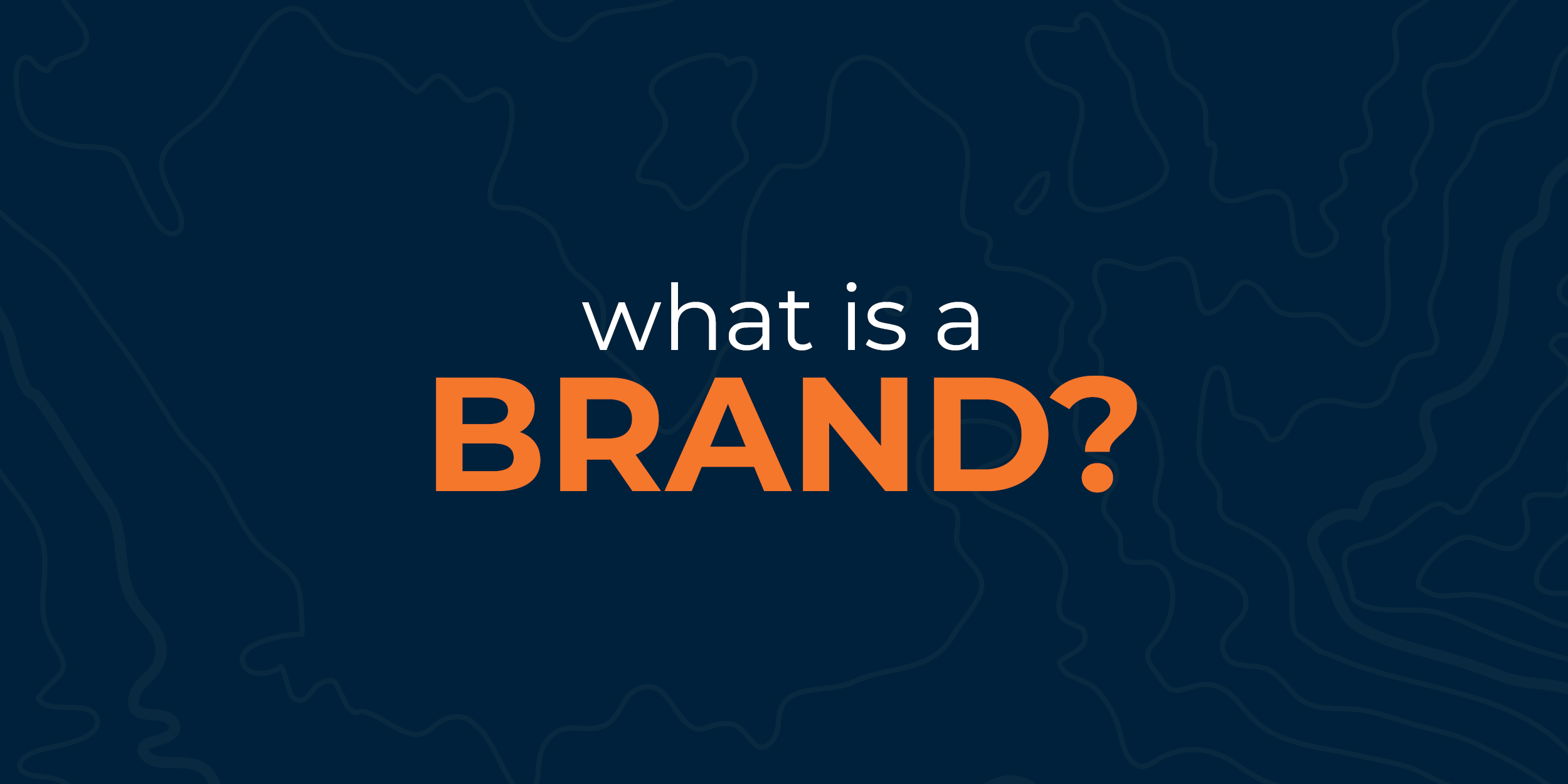
You’ve heard us mention brand personality as an important piece of your overall brand strategy, but what exactly is it? And how do you go about defining your company’s personality?
WHERE ARE YOU ON THE SCALE?
Brand personality is something that is chosen at the beginning of a branding project. These early decisions are used to influence the larger creative strategy.
Think of personality as your company’s position on a scale between different character traits. A set of character trait “pairings” make up a visual personality spectrum. Here is a visual example of a luxury makeup company’s potential personality spectrum:

It’s important to define where your company lies on this spectrum in order to, as always, make sure your messaging is clear and consistent. Determining where you are on this set of scales will not only influence how you relate to your audience, but also who your audience even is.
WE’LL SAY IT AGAIN: CONSISTENCY IS KEY
You might be tired of hearing it by now, but it’s worth repeating: consistency must be your top priority when it comes to communicating with your customers. It’s quite impossible for a company to be both personalities on either end of the scales in our example without coming across like it has a personality disorder. It’s important for your customers to perceive you in a consistent way no matter how they’re interacting with you.
TAKING IT VISUAL
Determining your company’s personality is so important when it comes to translating your strategy into a visual brand. These initial decisions are key in determining which approach your designer takes with your company’s visual branding. It will influence what your designer takes into consideration when it comes to color palette, typography, and graphic styles.
For example, if a company wishes to come across as down-to-earth, fun and personable, I might choose a bright, playful color palette and hand-drawn graphic elements to accentuate a certain amount of organic human-ness. If, like our personality spectrum example above, I’m working with a company who wishes to exude a high-end, luxury feel, I might choose a very muted color palette, with strong blacks and whites, perhaps with a hint of gold lines here or there. I would focus on geometric graphic elements, using hard lines and shapes with a good amount of white space.
These two examples are just some of many, but you can see how important a well-defined brand personality is in determining the rest of your overall brand strategy.
If you’d like us to tell you how well your brand is communicating your desired personality, please reach out to us and we’d love to offer you a free brand analysis!




Recent Comments